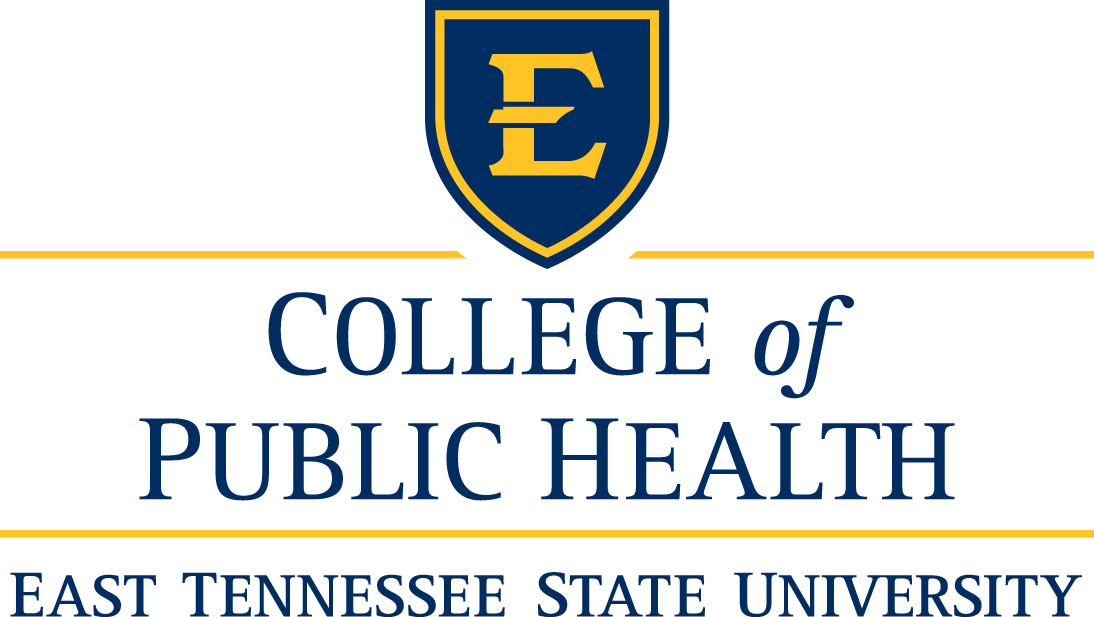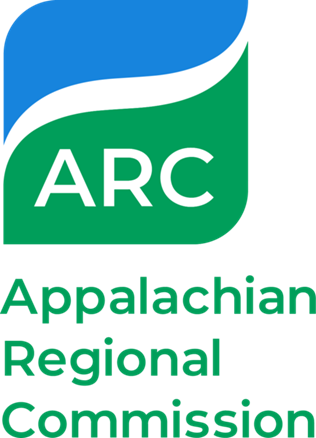Author Area of Expertise
Victor Garcia, area of expertise: substance abuse disorders (SUDs) among Latinx migrants and immigrants, SUD interventions and treatments, qualitative research
Lisa McCann, area of expertise: SUDs among the rural poor in Western Pennsylvania
Erick Lauber, area of expertise: Leadership training, media and communication, and SUDs in Western Pennsylvania
Christian Vaccaro, area of expertise: SUDs, violence, masculinity, families, and mixed methods research
Melissa Swauger, area of expertise: SUDs, gender and families, nonprofits, and mixed methods research
Alex Daniel Heckert, area of expertise, SUDs, social learning theory, and survey methods
Abstract
Introduction: Take-home naloxone (THN) is being made available across rural Appalachia to curb opioid overdose fatalities. Despite this initiative, some opioid users do not possess naloxone, and if they do, do not administer it to others.
Purpose: Research findings on risk factors that contribute to opioid overdose are presented. These factors, identified in a sample of 16 overdose cases, are (1) early onset age of opioid use; (2) progressive opioid use; (3) a transition from pain medication to heroin and fentanyl; (4) fears of being arrested at a naloxone intervention if first responders are contacted, and (5) limited knowledge of Good Samaritan Laws.
Methods: The findings are based on a subsample 16 overdose victims who were identified during a one-year (2018) qualitative study on the decline of overdose fatalities in four rural counties in Western Pennsylvania. They were recruited from a larger sample of 50 current and former substance users and were interviewed a second time using a semi-structured interview guide about their overdose experiences. All interview data were analyzed using thematic analysis via NVivo.
Results: Findings reveal that risk factors contribute to a severe opioid dependence that interferes with naloxone use. These factors also hinder adherence to proper naloxone protocol, designed to place overdose victims in contact with treatment providers.
Implications: Recommendations are made for additional research and for pursuing measures to increase efficacy of naloxone interventions. They include developing naloxone campaigns aimed at high-risk individuals, improving their knowledge of Good Samaritan Laws, increasing adherence to THN protocols that improve the possibility of treatment, and using community harm reduction specialists for community outreach.
DOI
https://doi.org/10.13023/jah.0503.02
Creative Commons License

This work is licensed under a Creative Commons Attribution 4.0 License.
Supplemental Table 1 and Table 2
Recommended Citation
Garcia V, McCann L, Lauber E, Vaccaro C, Swauger M, Heckert AD. High-risk individuals and naloxone use: Implications for THN programs in rural Appalachian communities. J Appalach Health 2023;5(3):9–21. DOI: https://doi.org/10.13023/jah.0503.02
Included in
Community Health Commons, Other Mental and Social Health Commons, Other Public Health Commons, Regional Sociology Commons, Social and Cultural Anthropology Commons





Social Media Links